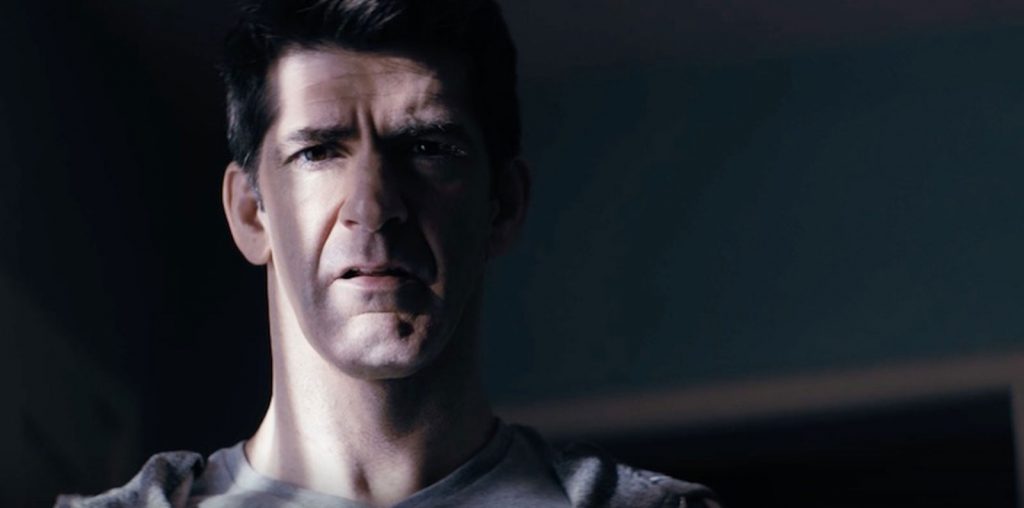
A woman appears out of a complete darkness wearing a dress so white that it hurts the eyes. A sea of trees floats behind a house like waves. A man kneels in front of the Mikado and sweats so much it leaves a puddle on the ground in front of his face. The sun looms so large in the horizon that it covers almost all of the sky. Homes contain long hallways drenched in fog stretching out to dreamlike eternity.
With sound effects that are so alien they were probably recorded on Mars and gorgeous black and white cinematography that is so infused with stage lighting that every frame of the film looks like a theatrical production, even the scenes shot outside, “Kuroneko” drips mood and atmosphere like sweat, or blood.
Three years after a mother and daughter-in-law are raped and killed by a band of Samurai during the Sengoku era in Japan something evil begins killing and drinking the blood of any man who carries a sword in the service of the Emperor and is out late at night near the Rajomon Gate. After returning home from war, a heroic young soldier is given the task of finding and destroying whatever supernatural creature is doing this.
The film makes no secret that the monsters are the two women from the beginning, who have died and returned as Onryo intent on vengeance. The younger woman waits by the gate in the middle of the night until a man passes by on his horse, and then implores him to escort her home to her “mother”. Once there, the women act the perfect hosts, serving sake and offering a place to sleep for the night. Over all this watches a black cat, the “Kuroneko” of the title. It is, of course, as much of a real cat as the women are real human beings. The film remains mum on the subject, but I suspect it is a Bakeneko, which is a Ghost Cat in Japanese folklore. They are supposed to have magical powers and the ability to impersonate humans, perhaps explaining why the women also have cat-like features.
Sharp readers will also recognize “Onryo” as being the correct term for the scary blue lady ghosts in “The Ring” or “The Grudge.” So this film is more or less a granddaddy of modern J-horror, along with earlier titles like “Kwaidan” and “Onibaba.”
After all this praise, it’ll come as no surprise that I really enjoyed the film. It was a unique peek into an early attempt at a horror production by Japanese filmmakers. You can sense that it’s unformed and primal, and as such it has a few flaws. The protagonist seems related to the Scooby-doo gang or Lois Lane in his inability to notice the obvious, the pacing is a bit slow to get moving with too many repetitive scenes of men being lured to their doom, the editing is a bit haphazard and choppy, and the story feels unresolved with an ending that is downright cryptic.
Yet, I just don’t care about such stuff. I can accept poetry instead of plot. Sometimes cinema is best felt instead of interpreted. Besides, the movie is visual candy and the noise it makes is just incredible. The soundtrack is all Shinto-ish drums banging and scraping. They would be all wrong if it didn’t so perfectly set the scene. It almost reminds me of the music by Goblin in Dario Argento movies. You’d think something so loud and chaotic wouldn’t work, but then you hear it and it makes all the sense in the world.
“Kuroneko” is a must for any fan of Japanese cinema, and especially those of J-horror cinema. It is the humble seed that has spawned a strange bloody forest. Having seen it on a proper theater screen at the Fantasia Film Festival will be the high point of my summer.
